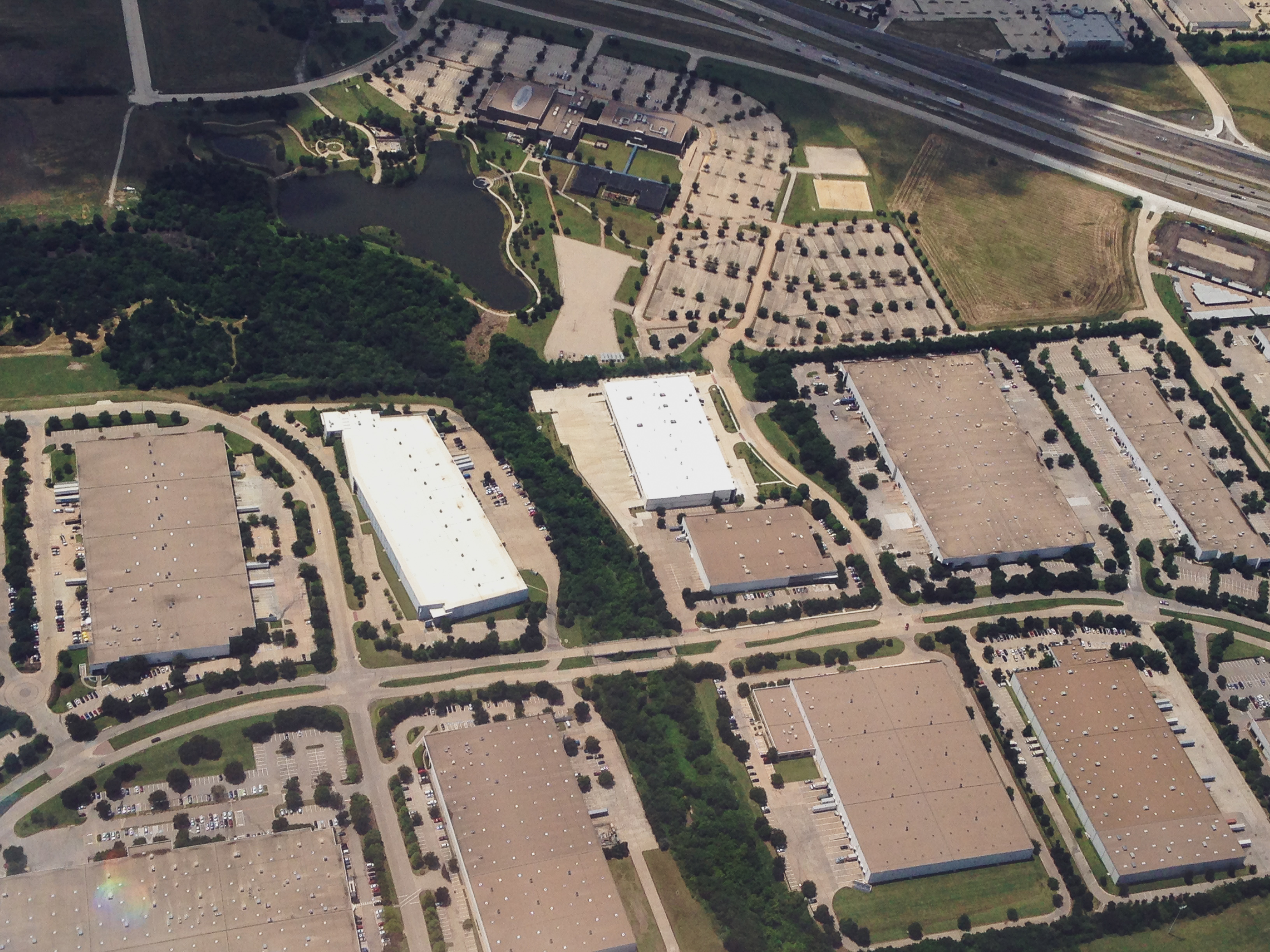How To Enhance Your Industrial District
As the population in Dallas/Fort Worth (DFW) continues to grow along with development opportunities we are left wondering what development trends can be anticipated in 2019.
I attended the DFW Industrial and Logistics Outlook Conference to understand the industrial demand in DFW and how local developers are getting more creative with site selection and design elements to stay competitive. Lately, there has been a robust market for industrial companies in DFW. Can we anticipate this trend to continue in the coming years or is DFW becoming oversaturated with industrial uses? Furthermore, how can DFW retain and attract the labor and talent needed to keep pace with demand?
According to an industrial market analysis performed by Catalyst Commercial in collaboration with Freese and Nichols, DFW has had more than eight years of positive industrial absorption since 2008. The DFW market absorbed over 21.2 million square feet in 2018 alone. According to CBRE research, almost 60 percent of the new construction is pre-leased. This reflects a 2.6 percent increase from 2017. This growth is driven from positive market demand for consumer goods, expansion of e-commerce and third-party logistics. Vacancy rates for industrial are at an all-time low of 6 percent.
The conference addressed important questions, such as if the demand for industrial space will stay high and how developers will need to get creative with building design and site selection to keep up with the rising demand of e-commerce. Freese and Nichols’ Urban Planning + Design team recognizes that industrial zones need to change to differentiate among different types of industrial uses. Not all industrial uses are equal or create the same advantages. For example, advanced manufacturing and high-tech uses are highly sought after due to their creation of higher-paying jobs, greater fiscal impacts and attraction of other spin off supply-chain companies. Fulfillment centers create property tax benefits that also generate greater sales tax dollars.
With the rising demand of industrial uses in DFW, there is an opportunity for cities to diversify their industrial inventory, to rebrand existing industrial zones, to capitalize on the financial benefits of some industrial users and to attract quality jobs into their communities. Cities can incorporate development guidelines that will enhance the quality of development and maximize market potential to attract competitive industrial companies, such as the high-tech manufacturing companies.
Our Urban Planning + Design Team has helped cities in DFW incorporate standards that will change the typical industrial footprint and attract desirable industrial types. Here are some site and architectural elements recommended by our Urban Planning + Design team that are currently being implemented to help enhance our client cities’ industrial districts:
- Building entrance and placement
- The building’s primary façade should be facing the main highway/road
- Building should have a prominent entrance feature
- Parking and loading area placement
- Should be situated behind the building and screened from view of public right-of-way and adjoining properties to preserve visual quality
- Limit parking along street frontage to only two rows
- Site landscape and open space
- Have shaded walkways to building’s primary entrance
- Street frontage landscaping corresponding to street type
- Incorporate open space common areas
- Building design
- Buildings should include horizontal massing to break up long monotonous wall planes into smaller segments through:
- Variations in roof line
- Changes in wall plane depth
- Transition in exterior finishing materials
- Buildings should include vertical massing, which can be achieved by wall plane changes or using awning and canopy features
- Roof treatment: long uninterrupted roof lines should be broken up into smaller segments through changes in height or roof form
- Parapet roof lines should feature a well-defined cornice treatment
- Buildings should include horizontal massing to break up long monotonous wall planes into smaller segments through:
Aside from improving and enhancing industrial sites’ aesthetics, another recommendation is executing a rebranding strategy. This will help with the following:
- Attracting beneficial and high-quality industrial companies
- Attracting diverse talent/workforce
- Expanding industrial districts for more effective land use planning
- Increasing cities’ competitiveness
Eleana Tuley is a Freese and Nichols urban planner in the Dallas office.


